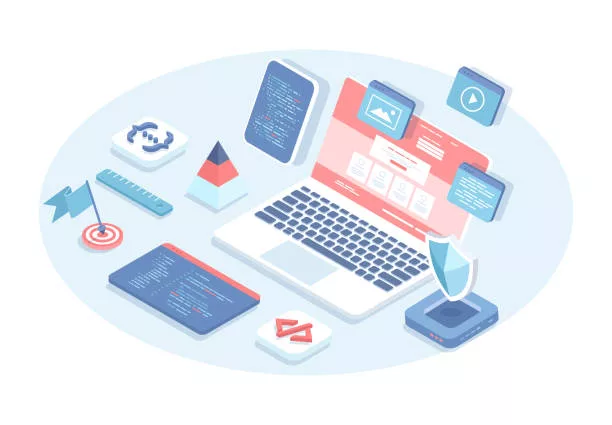Building your First Full Stack Web Application: Tips and Tricks
The world of web development is rapidly expanding, and with the increasing demand for web applications, Full Stack Web Development Course has become the go-to option for many developers. With Full Stack Development, developers can create robust, dynamic, and scalable web applications that can handle large amounts of data and user traffic.
In this blog post, we will provide you with some tips and tricks to help you build your first Full Stack Web Application.
Understand the Basics
- Before diving into building your web application, you need to understand the basics of Full Stack Web Development. Full Stack Web Development involves working on both the front-end and back-end of web applications. The front end deals with what the user sees, such as the design and user interface. The back end deals with the data management, server-side programming, and business logic.
Choose the Right Tech Stack
- Choosing the right tech stack is crucial in Full Stack Web Development. A tech stack is a combination of programming languages, frameworks, and tools that are used to build a web application. Some popular tech stacks are MEAN (MongoDB, ExpressJS, AngularJS, NodeJS), MERN (MongoDB, ExpressJS, ReactJS, NodeJS), and LAMP (Linux, Apache, MySQL, PHP).
Plan your Application
- Before starting the development process, it is essential to plan your application thoroughly. You need to identify the features you want to include, how you want to design the user interface, and how you will handle data management. Creating a detailed plan will help you stay organized throughout the development process.
Focus on User Experience
- User experience is crucial in Full Stack Web Development. You need to ensure that the web application is easy to use and navigate. It should also be responsive and accessible on different devices. The user interface should be clean and intuitive, and the application should be fast and responsive.
Use Version Control
- Version control is essential in Full Stack Web Development. It allows developers to track changes made to the code, collaborate with other developers, and revert to previous versions if necessary. Git is a popular version control system that is widely used in web development.
Write Clean and Modular Code
- Writing clean and modular code is essential in Full Stack Web Development. It makes the code easier to read, maintain, and debug. You should also ensure that your code follows industry best practices and coding standards.
Test your Application
- Testing is crucial in Full Stack Web Development. You need to ensure that your web application is bug-free, secure, and functions as intended. You can use automated testing tools to test your application or conduct manual testing.
Deploy your Application
- Deploying your application is the final step in Full Stack Web Development. You need to ensure that your web application is deployed correctly and is accessible to users. You can use cloud services like AWS, Google Cloud, or Azure to deploy your web application.
Conclusion
Building your first Full Stack Web Application can be a daunting task, but with the right tools and knowledge, it can be a rewarding experience. By following these tips and tricks, you can build a robust and scalable web application that meets the needs of your users. Remember to focus on user experience, write clean and modular code, and test your application thoroughly before deploying it. With these skills and techniques, you can become a proficient Full Stack Web Developer and create web applications that change the world.




